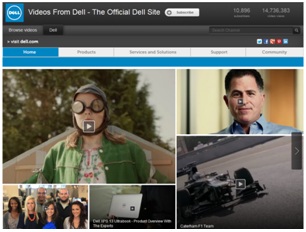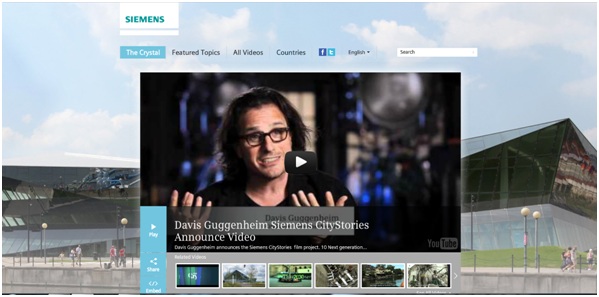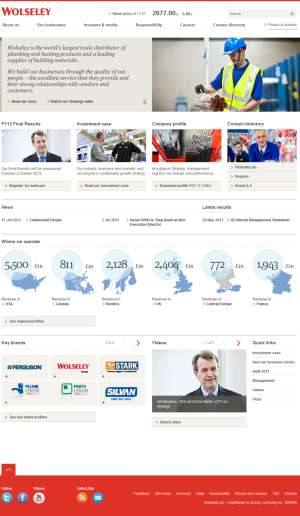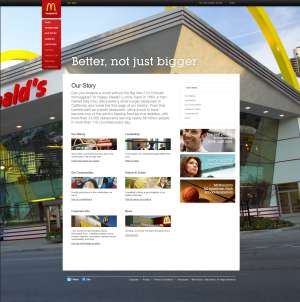 If your brand hasn’t jumped onto the mobile app bandwagon yet, should it? There is no doubt that the future is mobile, and it could be argued that all brands should be investigating ways to deliver value to consumers in a mobile environment. But is a mobile app right for your brand today? Should you bump mobile app development up to the top of your brand priorities?
If your brand hasn’t jumped onto the mobile app bandwagon yet, should it? There is no doubt that the future is mobile, and it could be argued that all brands should be investigating ways to deliver value to consumers in a mobile environment. But is a mobile app right for your brand today? Should you bump mobile app development up to the top of your brand priorities?
The answer isn’t simple. You really need to evaluate your goals for joining the mobile market to identify if now is the time to devote money and resources to app development. Following are five things to consider as you make a decision for your brand:
1. Your target audience must be mobile and comfortable using apps.
If your target audience isn’t currently using mobile apps on smartphone or tablet devices, then developing a mobile app shouldn’t be at the top of your list of brand building priorities. Do some research before you invest in mobile app development and make sure your target audience has the ability to use your app if and when it rolls out.
2. You need to have money and manpower to build the app now and manage it throughout its lifecycle.
Unfortunately, mobile app development doesn’t come with a one-size-fits-all solution. Different devices require different coding. It’s easier to only create an iOS version of a branded app for iPhones and iPads, but doing so leaves a large audience unable to use your app. Furthermore, the work isn’t over when the app is launched. Updates, enhancements, and more must be done on an ongoing basis to ensure the app works, is generating the results you need, and is evolving in order to stay relevant and useful to consumers.
3. You need to promote your mobile app.
Visit the Apple App Store or the Google Play app store, and you’ll find a lot of apps and a lot of clutter. Unfortunately, people won’t find your app unless you promote it before and after launch. That means you need a marketing budget to develop awareness of the app and drive downloads (or sales if it’s a paid app). You also need a team to put the marketing plan into action, monitor the app’s performance against goals, and calculate ROI.
4. You need to develop an app that your audience actually believes is useful and/or adds value to their lives.
The barrier to entry in the mobile app market is almost non-existent, but if you launch an app that no one finds useful or meaningful, the app will fail. Even the biggest marketing budget can’t save a mobile app that is irrelevant and useless to consumers. You need to do your research up front and get a clear understanding of the type of app your customers want from your brand. Don’t assume you know what they want, because you don’t. This is an area where making assumptions will lead directly to failure.
5. You need to develop an app that actually does something and builds a deeper connection between the brand and consumers.
Don’t just make your corporate blog content available in a branded mobile app. Instead, make sure the app you create for your brand taps into consumers’ emotions and builds connections with them that lead to brand loyalty and advocacy. This is where the marketing team can show off their innovative thinking and turn the data collected from market research that identified consumers’ wants and needs into a successful branded mobile app.
Image: Yutaka Tsutano






